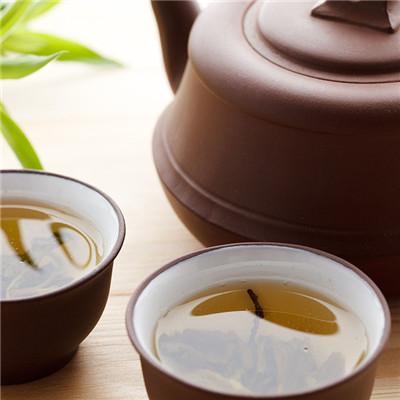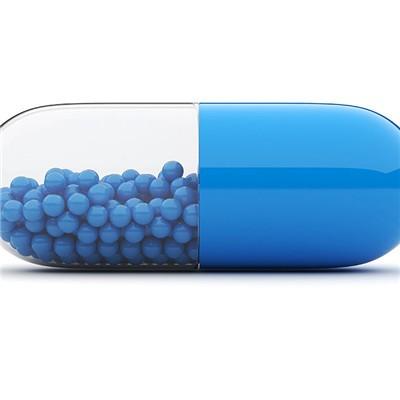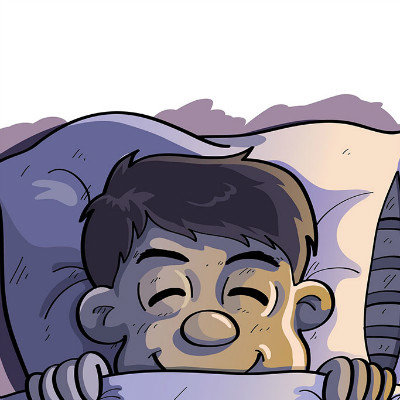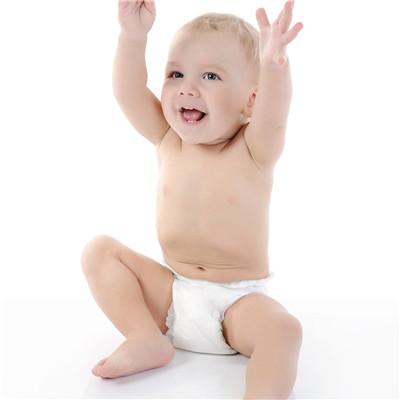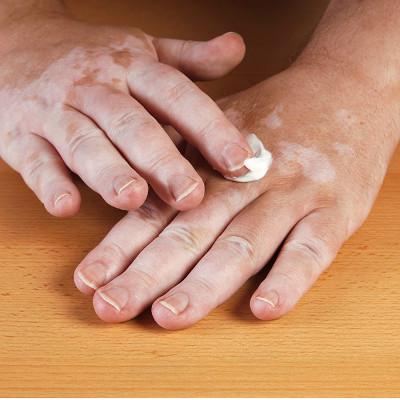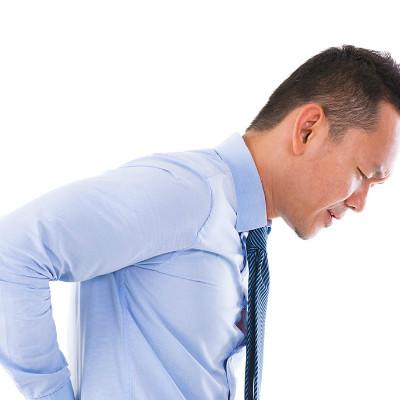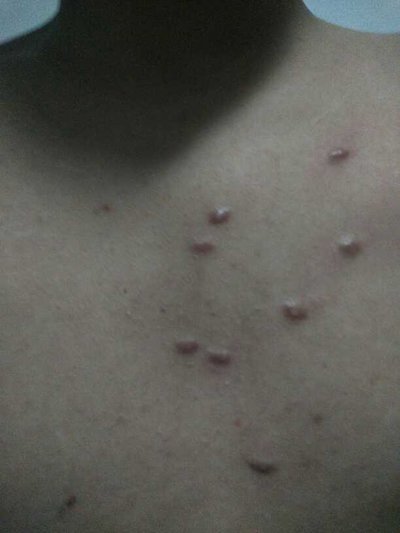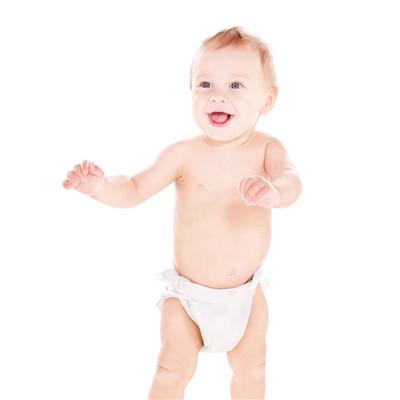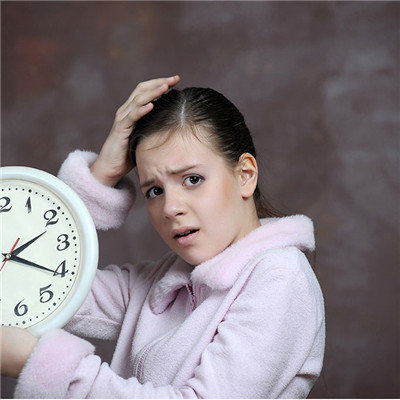How to treat occipital neuralgia?
summary
Occipital neuralgia refers to local soft tissue exudation, adhesion and spasm caused by strain, inflammatory stimulation and other reasons. Treat it as soon as possible to make your body recover as soon as possible and live a normal life. Stimulation, compression or traction of the greater occipital nerve, causing radiation pain in the distribution of the greater occipital nerve (occipital top) is the main clinical manifestation of the disease. The incidence rate of occipital neuralgia is high. It is more common in middle-aged women, and affects the quality of daily life of patients. The treatment methods of the disease are various, including oral medicine, acupuncture, small needle knife, massage, pain point injection, comprehensive treatment, surgery and so on. Now let's talk about how to treat occipital neuralgia?.
How to treat occipital neuralgia?
First, non-surgical treatment of oral non steroidal anti-inflammatory drugs, antiepileptic drugs, muscle relaxants, GABA receptor agonists, some calcium antagonists, vitamins, etc. have a certain clinical effect on greater occipital neuralgia. The effective rate of baclofen combined with Duliang soft capsule in the treatment of greater occipital neuralgia was 90%, which was better than that of baclofen alone. The effective rate of pregabalin was 92%. Electroacupuncture was used in the treatment group. According to the anatomical location, the acupoints in the treatment group were selected at the tenderness points such as the upper nape line, the junction of the middle and inner 1 / 3 of the line between the occipital external protuberance and mastoid. After one course of treatment, the markedly cured rates were 90% respectively.
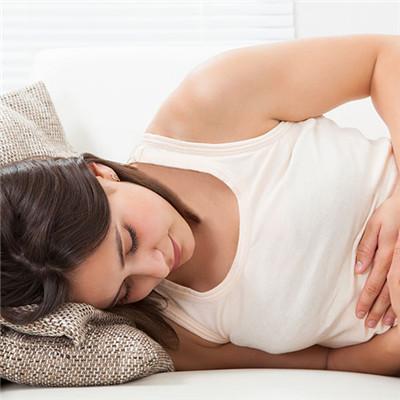
Second: surgical treatment, such as patients with greater occipital neuralgia after long-term conservative treatment, such as medicine, acupuncture, massage, recurrent attacks, seriously affect the quality of life of patients, surgical treatment can be considered. Under general anesthesia, the inferior oblique muscle was cut off to relieve the compression on the greater occipital nerve and release the greater occipital nerve biomechanically. The pain of patients was alleviated or relieved. The effective rate was 96%. The effective rate of peripheral nerve decompression under local anesthesia for greater occipital neuralgia was 95%.

Third: massage can correct the disorder of cervical joint, improve the stress imbalance of cervical muscle, relax the tense and spasmodic muscles and fascia, relieve nerve compression, improve local blood circulation, promote the absorption of inflammation and eliminate pain. The effective rate of end lifting, pulling and kneading is 90%. End lifting can stretch the spasmodic tissue of neck. Pulling can change the tension imbalance between atlantoaxial vertebrae. The combination of end lifting, pulling and kneading can improve the local microcirculation and promote the repair of local tissue. The neck 2 fixed-point rotation reduction method was used to treat the greater occipital neuralgia. Massage was used to treat the greater occipital neuralgia. Firstly, the soft tissue of the occipital nape was loosened, then the traction was pulled out with bare hands to improve the local blood circulation, and then the acupoints were pointed to dredge the meridians. The sweeping method was applied to the head and temporal part of the patient, and the palming method and slapping method were applied to the shoulder and back of the patient. Results the total effective rate was 100%.

matters needing attention
(1) there is a lack of objective criteria for the diagnosis of the disease( 2) The description of pain indicators is too rough and lack of accurate data, which is easy to lead to errors in the evaluation of curative effect before and after treatment( 3) The treatment method is lack of standard, and the specific parameters are not detailed enough( 4) Lack of strict large sample control study( 5) The long-term curative effect of the disease is lack of observation and research.

